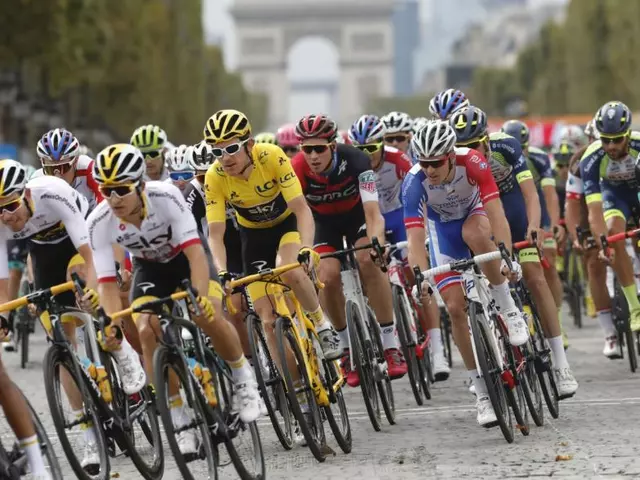Racing – All About Bike Competitions in Lanarkshire
When talking about racing, the competitive sport of riding bicycles at speed under defined rules. Also known as bike racing, it draws participants from casual group rides to elite athletes. Racing isn’t just a single activity; it includes road circuits, off‑road trails, and timed time‑trials. For example, mountain bike racing, off‑road competitions that test endurance and technical skill challenges riders with steep climbs, loose gravel, and sudden drops, while road cycling, high‑speed events on paved routes that emphasize aerodynamics and pacing focuses on speed, drafting, and strategic attacks. Both disciplines require a solid understanding of race regulations, the set of rules governing equipment, conduct, and safety in cycling events. These rules shape everything from bike weight limits to mandatory safety helmets, ensuring a level playing field and protecting riders. In Lanarkshire, local clubs often adopt the same rule sets used in national championships, so familiarising yourself with them is a smart first step before you line up at the start line.
Key Aspects of Bike Racing
Racing encompasses both road and mountain bike events, meaning the skill set you develop in one often benefits the other. A rider who masters cornering on a forest trail will find downhill sections on a road race feel more manageable, while a cyclist used to long, steady stretches on flat roads can apply pacing techniques to grueling mountain climbs. Tour de France, the premier multi‑stage road race in France showcases the ultimate test of endurance, strategy, and team dynamics, and many of its principles trickle down to regional events in Scotland. For instance, the importance of a well‑planned warm‑down, as seen in Tour de France rider routines, helps reduce muscle stiffness and speeds recovery after a hard effort. Likewise, the ability to swap bikes when terrain changes—a rule allowed in high‑level races—mirrors local club practices where riders may switch to a more suitable bike for a steep ascent. Understanding these connections helps you choose the right equipment, plan nutrition, and read race maps effectively.
The collection of articles below dives deeper into each of these topics. You’ll find practical advice on equipment permits, how race regulations influence bike technology, step‑by‑step guides for managing warm‑downs, and firsthand accounts of switching bikes mid‑race. Whether you’re gearing up for a local hill climb, planning to chase a stage at the Tour de France, or just curious about how mountain bike racing differs from road events, the posts ahead give you the tools to race smarter, stay safe, and enjoy every pedal stroke.

What's it like to train and race as a pro cyclist for a year?
Being a professional cyclist is an incredibly demanding job both physically and mentally. It involves a lot of training, racing and recovery. During a year as a pro cyclist, a person is likely to train for up to 25 hours a week and race for about 70 days. Races can range from short, flat stages to long, mountainous ones. Recovery is an essential part of being a professional cyclist, with rest, massage and diet all playing important roles. Ultimately, being a professional cyclist is a rewarding experience, allowing one to see the world, make friends and push the limits of physical and mental endurance.
Read More



